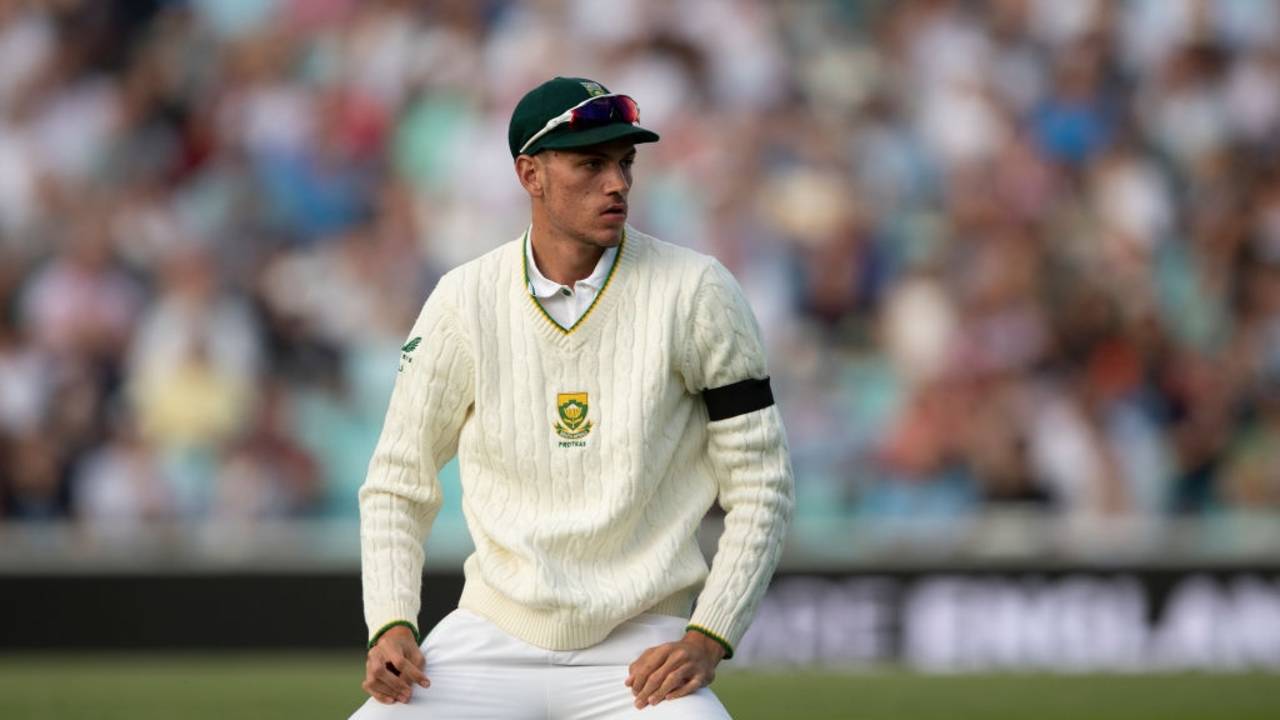On paper, this doesn't look like a contest. The biggest question for South Africa is whether they can put enough runs on the board when their captain
Dean Elgar has the best record among the batters with an average of 38.83. On the tour of England earlier this year, there was one half-century - from
Sarel Erwee - in three matches. It's a long way off the South African sides that have previously come to Australia and won. Compared to Australia, where two of the top five average over sixty and the others well over 40, there is a huge discrepancy. A glimmer for the visitors is that
David Warner has had a lean couple of years in Test cricket and
Cameron Green has had very little batting this season and that is showing when he does get to the crease.
Don't forget the spinners
A lot of the talk, and excitement, is around what the two pace attacks in this series could offer. But don't ignore the role the spinners could play.
Nathan Lyon was Australia's
leading wicket-taker against West Indies with 12 at 21.16 including the match-winning haul in Perth and his 450th Test wicket in Adelaide. He is both a priceless attacking and defensive option for the captain.
However,
Keshav Maharaj's figures stack up favourably against Lyon aside from the sheer volume of wickets with 154 at 30.61 in 45 Tests. His debut came on the previous tour in 2016-17 where he claimed
3 for 56 in the first innings at Perth (including a controversial lbw against Steven Smith) then churned through 40 overs in the second when South Africa had lost Dale Steyn from the attack. Offspinner
Simon Harmer is also in the squad and has an outstanding first-class record (since 2016: 570 wickets at 21.84) although was
underwhelming when he faced England at Old Trafford in August.
Three Tests in three weeks will be a big ask for the quicks. Australia have already had to delve into their reserves, having lost Pat Cummins and Josh Hazlewood in Adelaide. Hazlewood will
miss the opening Brisbane Test as well and would appear touch-and-go for the second Test in Melbourne. However, they are not looking for back-up.
Scott Boland picked up where he left off in the Ashes with a triple-wicket maiden against West Indies and Michael Neser will be unfortunate to lose his spot with Cummins returning.
South Africa's big four is very enticing -
Kagiso Rabada,
Lungi Ngidi,
Anrich Nortje and
Marco Jansen - but it may be that all four don't always play together. Beyond that, things are a little more uncertain although Gerald Coetzee claimed a hat-trick in the warm-up match against the CA XI. Lizaad Williams, a
late replacement for the injured Glenton Stuurman, is the other quick in the squad.
How do South Africa balance their side?
Linked to the above is the question of how South Africa pick their best attack. Unlike Australia, who have Green at No. 6, there is not a fully-fledged allrounder available. "We have gone with six [batters] and five [bowlers] before," bowling coach Charl Langeveldt said. "It is a big decision, but first, we will have to see the conditions at the Gabba and how much grass they leave on it. It is a hard one. You are always looking for an extra batter.
"Runs on the board are also important. At the moment, we don't have that batter who can bowl us a few overs, whereas Australia have Green and that makes a difference."
Jansen has shown some batting ability - interim coach said Malibongwe Maketa said "he has the ability to do something special with the bat" but remained a work in progress - and may have to take the No. 7 spot below wicketkeeper Kyle Verreynne but that feels a spot too high, as it would for Maharaj. One option would be to go without Maharaj and play just the four frontline quicks with a bit of Elgar's left-arm offerings in support, but there is risk attached to that. South Africa are probably going to have to be brave in their selection.
"At the moment, we don't have that batter who can bowl us a few overs, whereas Australia have Green and that makes a difference."
SA bowling coach Charl Langeveldt
South Africa's pace attack is undoubtedly their strength, but they will need to be careful not to make the same mistake as many visiting attacks do in Australia, particularly at a venue such as the Gabba, where they bowl too short with the new ball. It is worth going a touch fuller and risk being driven, to bring in a greater chance of finding the outside edge. One of the hallmarks of Australia's batting against West Indies, especially by Usman Khawaja and Marnus Labuschagne, was how they left the ball on the length.
"We've been quite clear in terms of lengths we want to hit, if you look at the Wanderers it offers the same, more or less, where you can get carried away with the sexy bounce and be ineffective. So we've been working hard on making sure we hit the fuller length and making the batter play," Maketa said.

